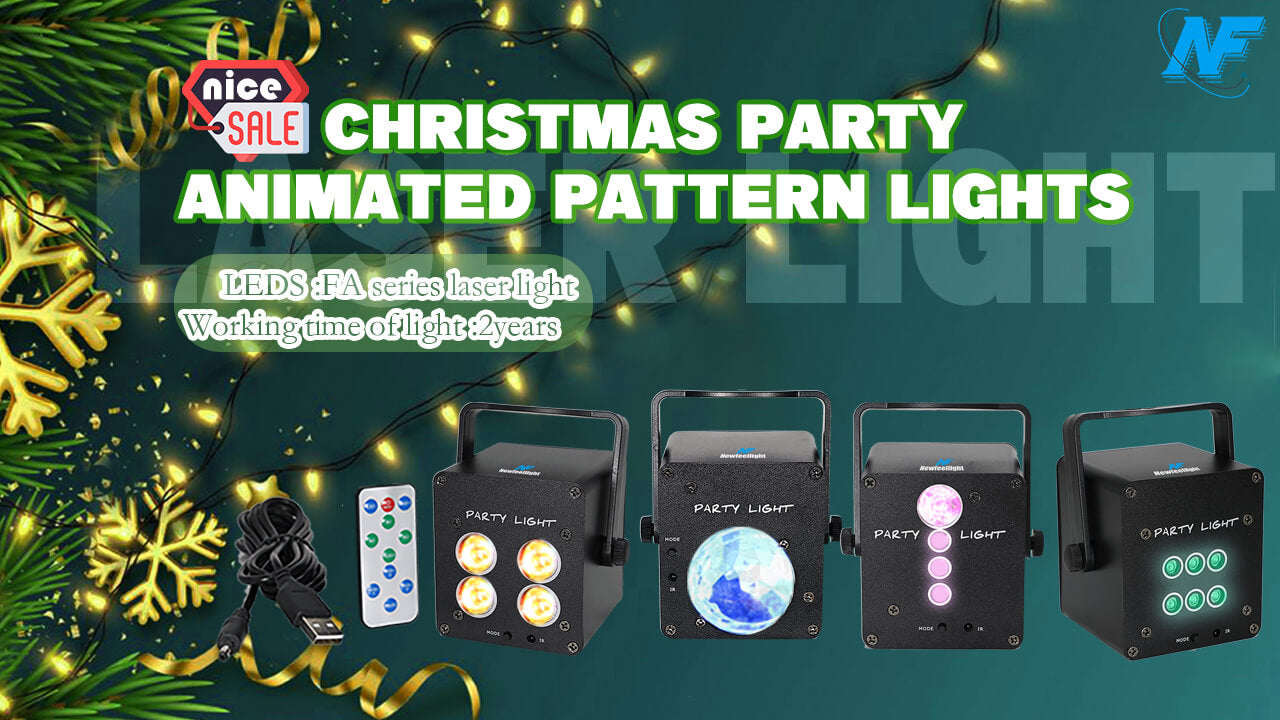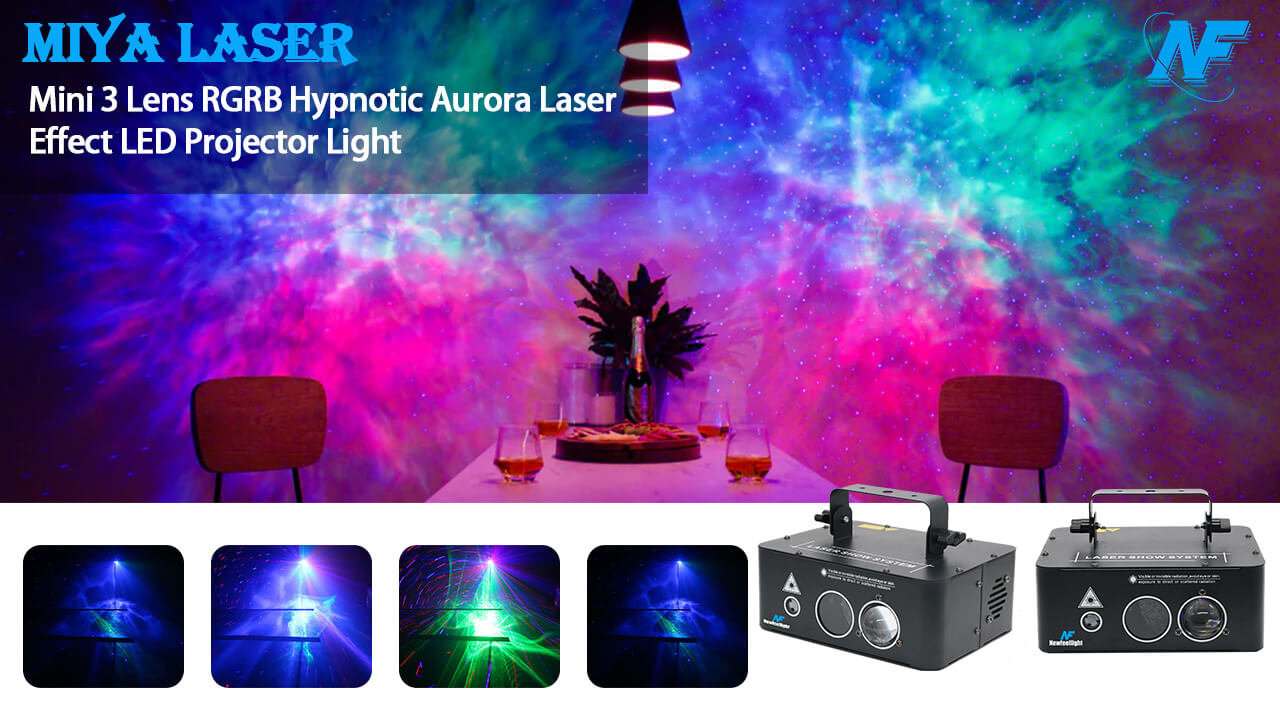Transition to LED Lights
In the contemporary era,
LED lights have eclipsed incandescent lights in the realm of Christmas decorations. The transition is primarily attributed to the groundbreaking work of Henry Joseph Round, who unveiled the light-emitting diode (LED) in 1907. However, it wasn't until the 1960s that LEDs found commercial applications. Unlike incandescent lights, LED lights lack filaments susceptible to burning out and produce light without generating excess heat. The illumination in LEDs is achieved through the movement of electrons within a semiconductor material.
The Intricacies of LED Functionality
A critical component of LED technology is the diode, characterized by a p-n junction — two adjacent semiconductor materials, one positively charged (p) and the other negatively charged (n). Upon the application of current, electrons migrate from the negative side to the positive side, while positively charged particles, known as "electron holes," move in the opposite direction. The collision of electrons and electron holes results in the release of energy in the form of photons, manifesting as the visible light emitted by LEDs.
Wiring Configuration and Resilience
LEDs are organized in a parallel series similar to incandescents but do not rely on shunts. In cases of LED bulb failure, the typical outcome is a short circuit, allowing the rest of the string to function even without a shunt. The inaugural sale of LED Christmas lights transpired in 1998, and by the early 21st century, iconic locations such as the U.S. Capitol and Rockefeller Center were bedecked exclusively with LED lights.
Energy Efficiency and Longevity
Despite a higher initial cost for consumers, LED lights present a compelling case by consuming 80 percent less energy and boasting a significantly prolonged lifespan compared to traditional incandescent lights. For instance, while 10 strings of incandescent mini-lights would consume 408 watts, their LED counterparts would only require 4 watts. The longevity of an LED bulb spans 50,000 to 200,000 hours, dwarfing the 3,000-hour lifespan of an incandescent bulb.
Advanced Features and Aesthetic Appeal
Beyond energy efficiency, LED lights offer programmability, enabling users to alter the light color and select various blinking modes. Additionally, they are available in diverse shapes and styles, fostering creativity in holiday decorations.
The Rise of Laser Lights
The advent of
LED lights has facilitated the integration of laser lights into party lights. Theseled lights near me, when directed at a house, conjure special effects such as falling snow or airborne reindeer. Unlike traditional projectors utilizing light bulbs, laser projectors leverage LEDs to generate light. Their popularity stems from simplified setup, particularly when adorning rooftops, in comparison to traditional string lights.
Air Traffic Concerns and Responsible Usage
However, the usage of laser lights necessitates caution. Improper deployment can pose risks to air traffic. In 2020, the Federal Aviation Administration (FAA) reported 6,852 laser incidents involving aircraft, a stark increase from 385 in 2006. Misdirected lasers can cause temporary blindness, headaches, and watery eyes for pilots and crew. Users must ensure these laser light projector are aimed solely at their homes and not towards the sky.
Emerging Holiday Light Trends
Apart from LEDs and
laser light projector, contemporary holiday light trends include ombre effects (seamless color transitions), oversized Christmas lights, and geometric shapes, reflecting the evolving landscape of festive adornments.







